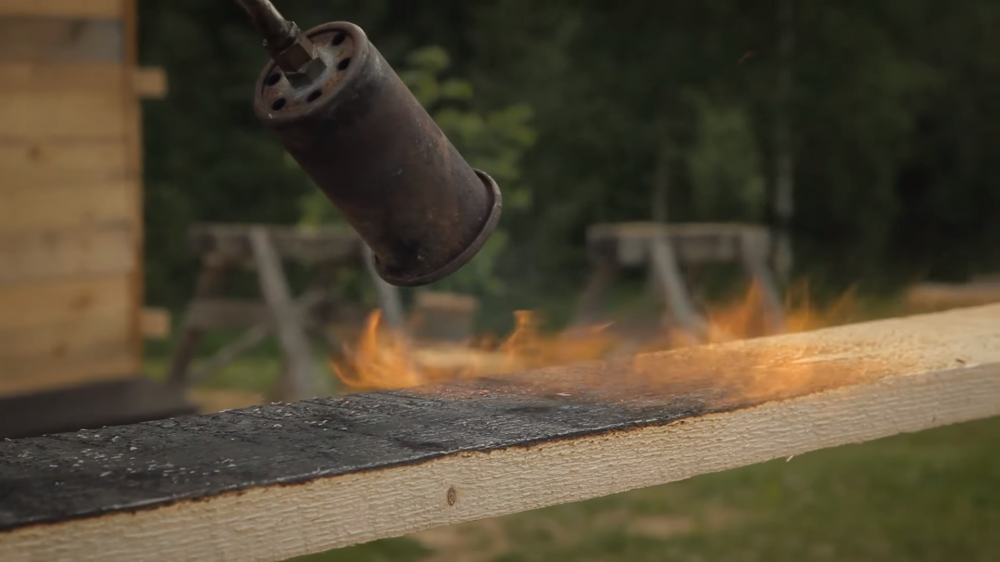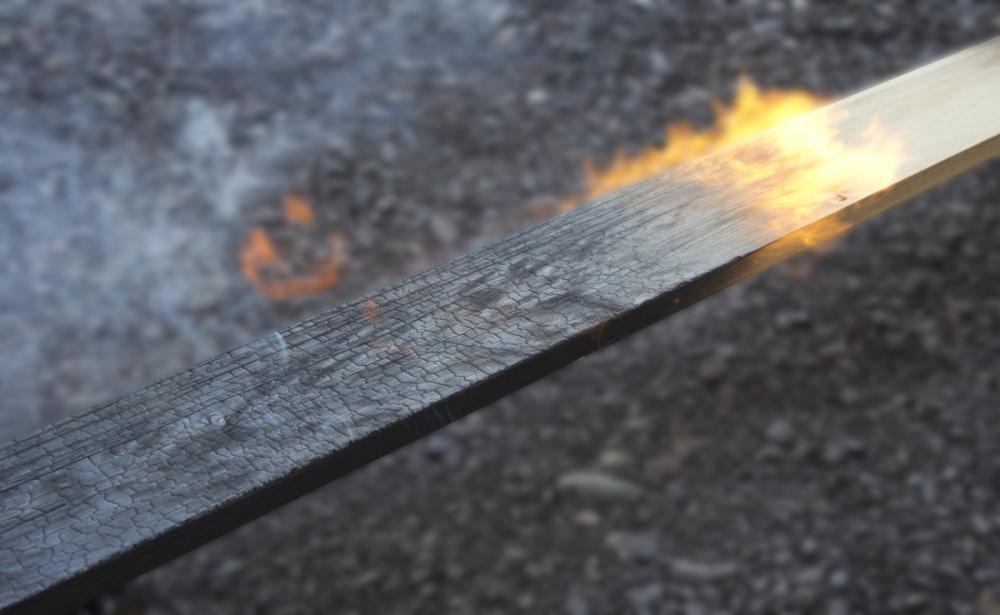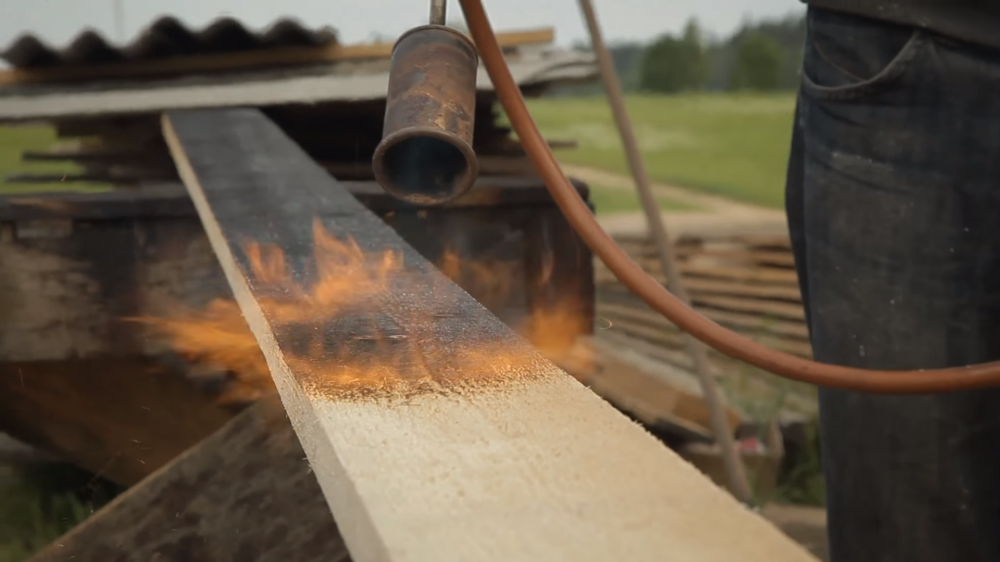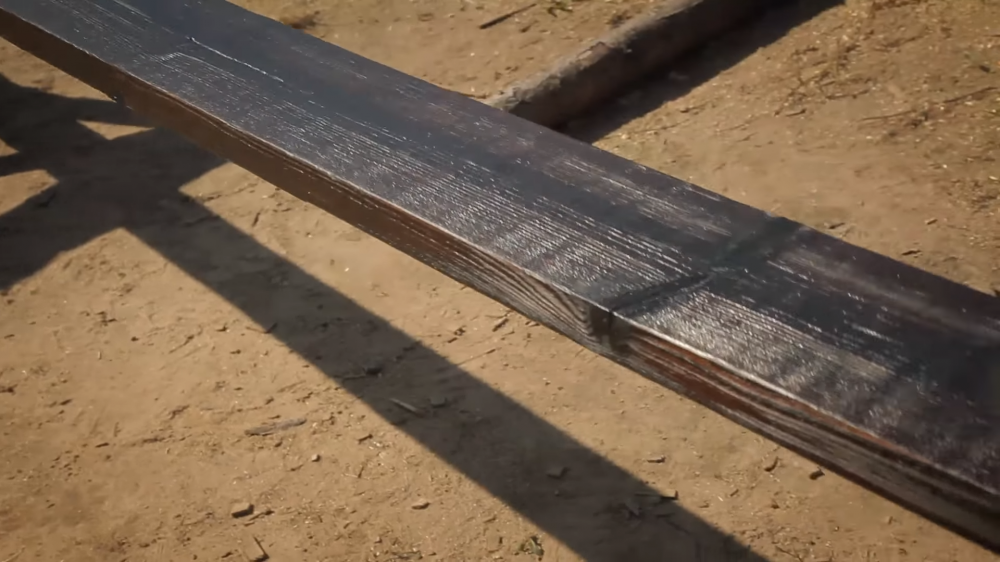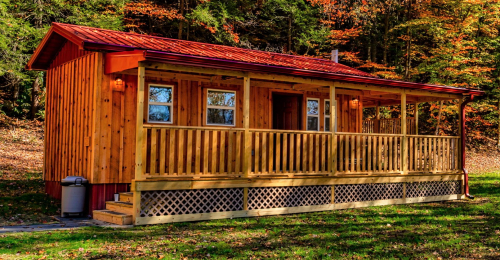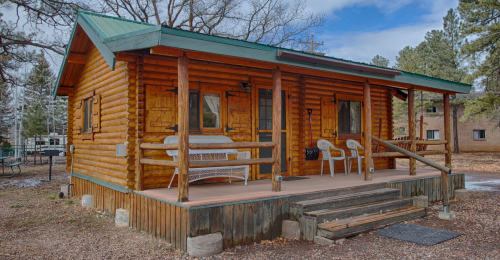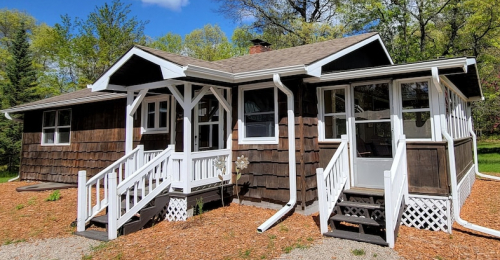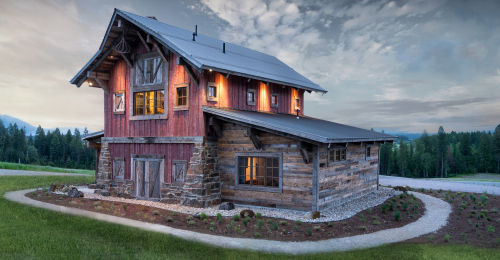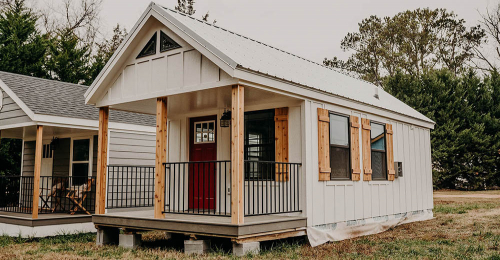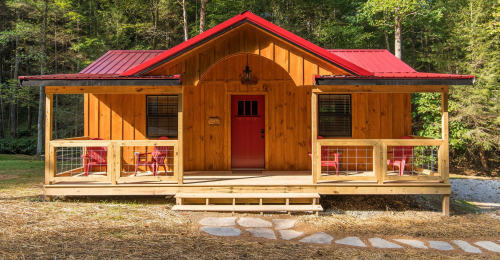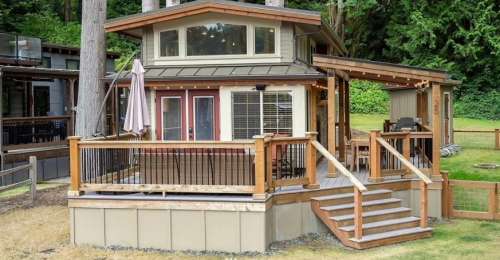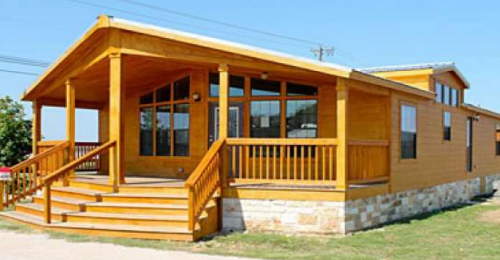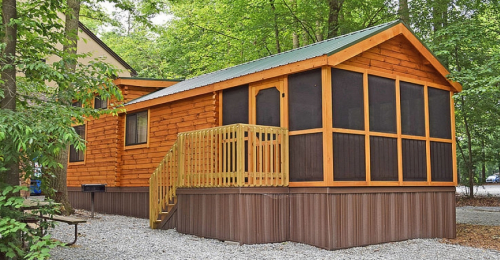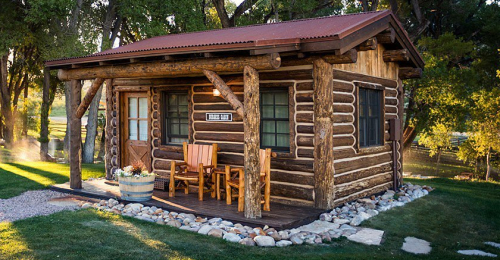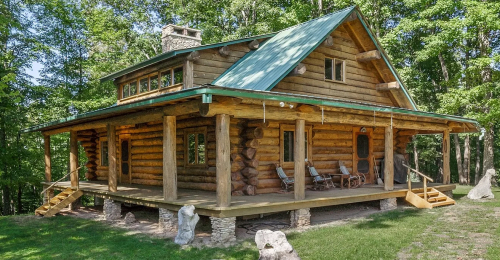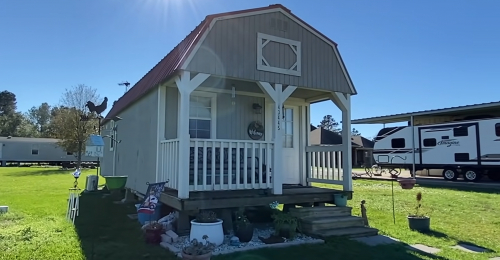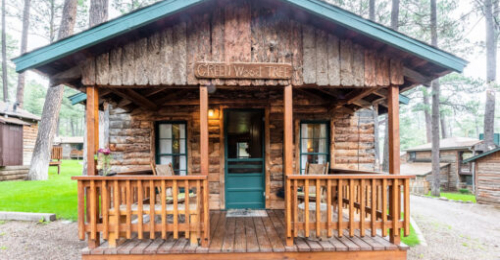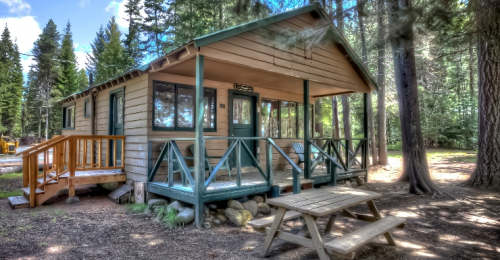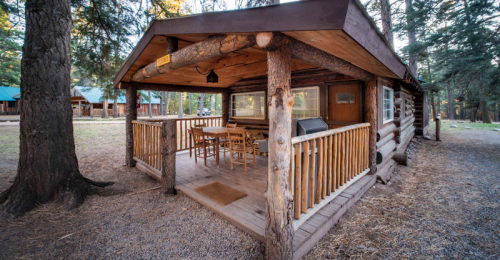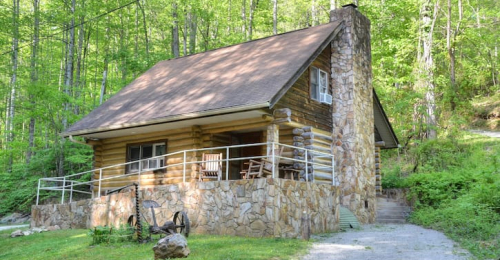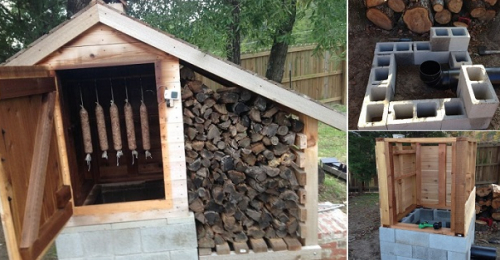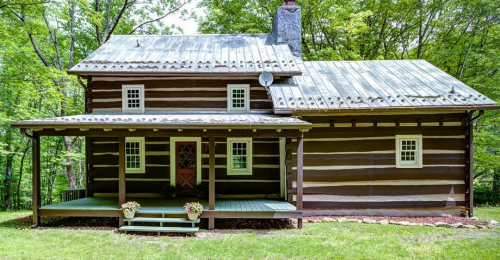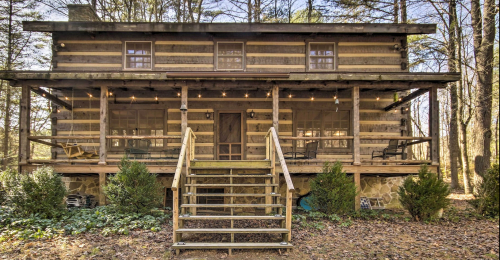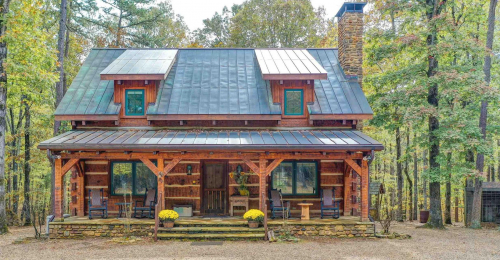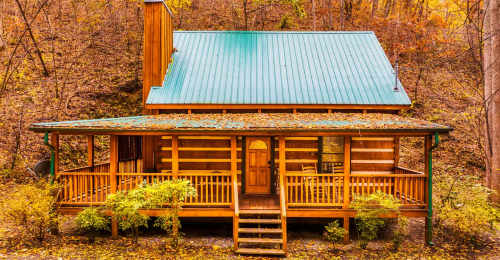Japanese Technique of Preserving and Antiquing Wood
Written by: Arron J. Staff writer @ Hyggehous.com
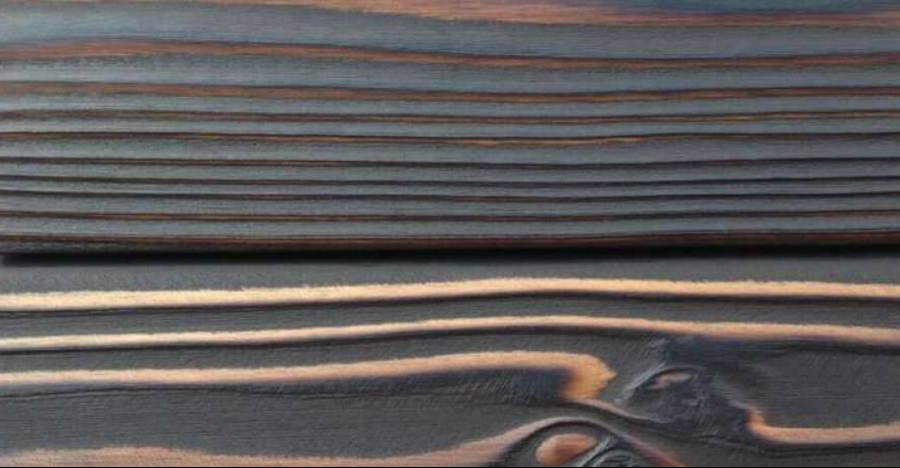
Photo Gallery
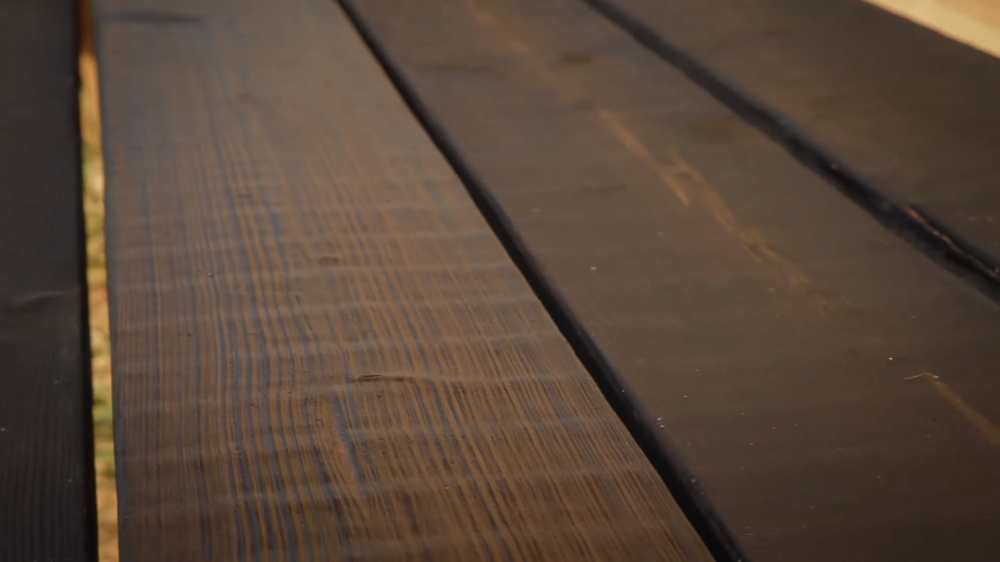
Burning your siding might not seem like the best idea at first, but once you see this technique, your mind might change.
This traditional woodworking technique using fire not paint to preserve and antique the look of the wood. Shou-sugi-ban Yakisugi is the beautiful and ancient Japanese technique of preserving the exterior wooden siding of a home or building. The woodworking technique preserves and antiques the wood by charring it with fire. Shop Tiny Homes
Traditionally, Sugi wood also known as Japanese cedar was used.
The woodworking process involves first charring the wood, cooling it, then cleaning the wood, and finishing it with a natural oil often tung oil. This woodworking technique is an environmentally friendly way to preserve and antique wood, and ironically this technique makes the wood fire-resistant. The need for chemical preservatives, retardants and paints for this woodworking technique are therefore unnecessary. In addition to the exterior uses of the wood, the popular woodworking technique can now be found in furniture, interior rooms, and artwork. Yakisugi is still a popular woodworking tradition in the Okayama area of Japan.
Today you will find woodworkers, designers and architects using other species of wood like western red cedar, cypress, douglas fir, pine and oak.
The woodworking process involves charring the wood, cooling it, cleaning it, and finishing it with a natural oil; the wood can be torched a little more. Although this woodworking technique is time-consuming, the final product is not only beautiful, with its rich, silvery finish but the charred wood resists fire, rot, insects, and can last up to 80 years. That's why this woodworking technique is so beneficial and it's also amazing to see the beautiful quality of the wood brought out through this process, and how the use of different woods can alter the final look. If you want to try this method out, make sure you take all of the necessary safety precautions and do it in a safe environment.
Shou-sugi-ban Yakisugi is just one type of woodworking process for distressing and antiquing wood.
Distressing and antiquing wood has become more popular in recent years as people want their furniture, and the wood used in their home to have a weathered and antique look. Distressing the technique and process of making a piece of furniture or wood appear aged and older, giving it a somewhat weathered look, There are many ways to achieve an antique or weathered look when it comes to woodworking.
Distressing is a refinishing technique where the wood furniture or object's finish is intentionally destroyed or manipulated to look less than perfect.
Distressing and antiquing in woodworking can be achieved by using a piece of sandpaper or some paint stripper. The woodworking artisan often removes some but not all of the paint used on the furniture, leaving several layers of paint speckled over the wood grain underneath. The woodworker attempts to make a rustic, and unique, one-of-a-kind appearance or vintage look on the wood or piece of furniture. Distressing can be used on a variety of materials and surfaces to include glass, wood, metal, plastic, concrete, stone, plaster, and paint to get the result you want. This looks great in a farmhouse style home or even in a home with more of a modern design too.

